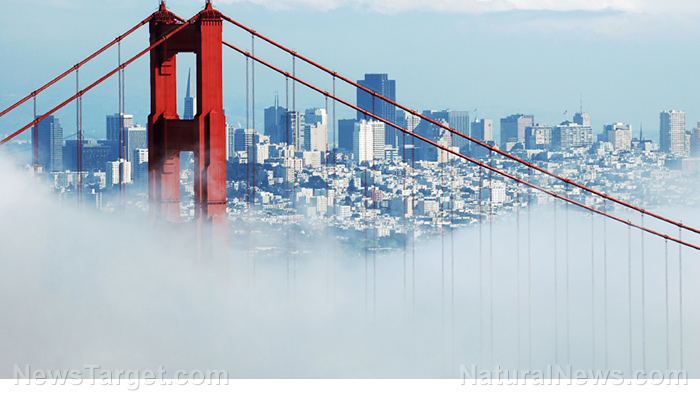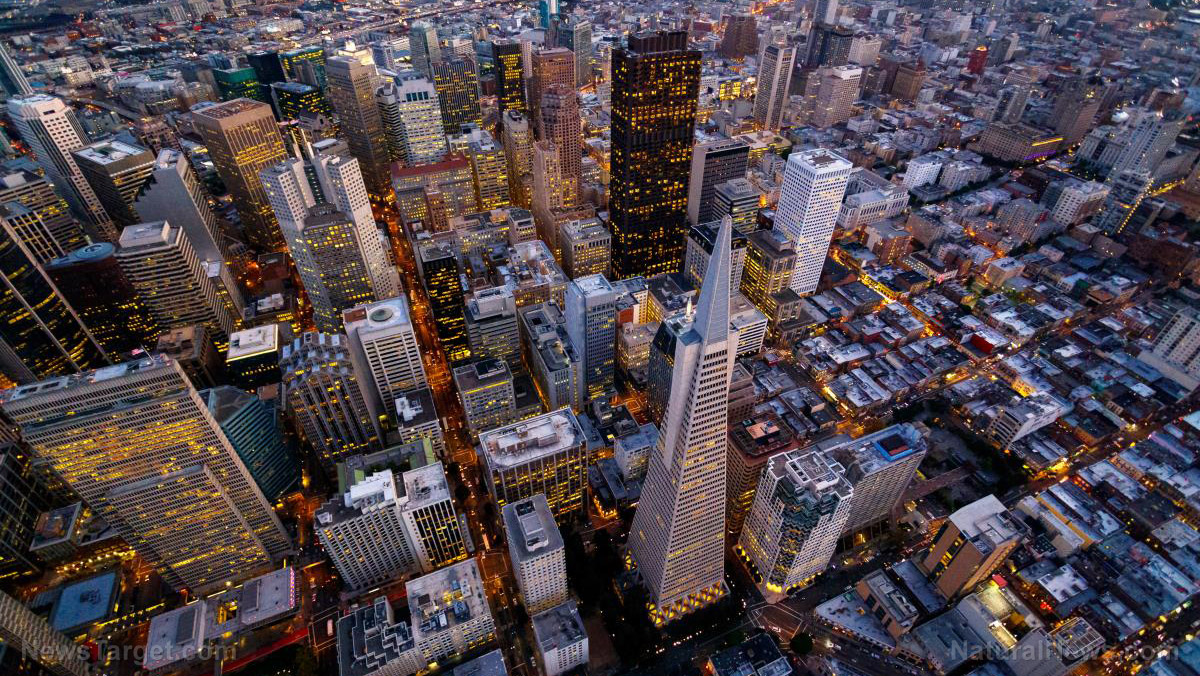
The report also noted that the American workplace looks different from pre-pandemic days.
Americans working remotely fled expensive coastal cities
The movement of workers was one of the most visible effects of the pandemic. According to Bloomberg, knowledge-based workers fled high-cost coastal cities and dense urban areas for places like Denver, Miami and Austin, as well as remote areas with scenic views.
A Pew Research survey in November last year showed that around five percent of Americans moved in the past few months due to the pandemic, compared to only 9.8 percent in the entire year between 2018 to 2019 based from the U.S. Census Bureau data.
In effect, the apartment markets in San Francisco and New York are experiencing some strain, with rents dropping by double-digit percentages from a year earlier. On the other hand, housing prices rapidly rose in suburbs as well as second- and third-tier cities outside major metropolitan areas.
Evidently, the closure of offices and workplaces drove this migration. According to another Pew Research survey, which was conducted in October, 71 percent of Americans were working from home all or most of the time, compared to just 20 percent before the pandemic.
What happens after the pandemic
According to the Pew Research survey, more than half said they would like to continue working from home even after the pandemic ends. By 2025, more than 36 million Americans are expected to be working remotely, according to a report from Upwork in December last year. That is an increase of 87 percent from pre-pandemic levels.
Even employers are on board with the idea of continuing remote work after the pandemic.
"Our research shows the long-lasting impact that remote work and COVID-19 are likely to have on how hiring managers think about their organizations," Upwork chief economist Adam Ozimek said in a statement.
"As businesses adapt and learn from this remote work experiment, many are altering their long-term plans to accommodate this way of working."
Employers such as Deutsche Bank AG envisioned "hybrid" schedules where employees spend part of their workweek at home and part at an office, according to Bloomberg. Tech firms such as Microsoft and Twitter also embraced more flexible work arrangements.
Remote work, according to companies, might attract talents and boost productivity. The bottom line could also grow if firms reduce the amount of office space they lease or if they pay people less as people decamp for cheaper locales. Many companies and large organizations such as the U.S. federal government pay people based on where they work.
While pay cuts might seem like a potential source of friction, cheaper costs and lower taxes would offset reductions in compensation. Workers are not likely to experience any major changes to their standard of living.
A long-term shift to remote work would also have a dramatic effect on office culture and space. The demand for office space is predicted to drop by up to 15 percent, according to real estate research firm Green Street. Meanwhile, companies that wish to retain their offices are considering getting rid of desks and expanding workspaces that nurture collaboration.
Remote work and migration would not spell the end of urbanization, according to Bloomberg. Cities are fun and offer unparalleled economic and career benefits, so there is little doubt that many people would live in cities once the pandemic is over. However, the costly housing in cities like New York and San Francisco is going to get harder to justify as more people have opportunities to live in less-expensive cities.
Overall, the pandemic drove many workers out of coastal cities and into cheaper areas as remote work opened up opportunities for migration. With people and companies adjusting to the new conditions brought by the pandemic, working from home and leaving those expensive urban centers for good might carry over long after the country has recovered from the virus.
Learn more about how the coronavirus pandemic changed America at Pandemic.news.
Sources include:
Please contact us for more information.























